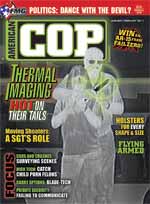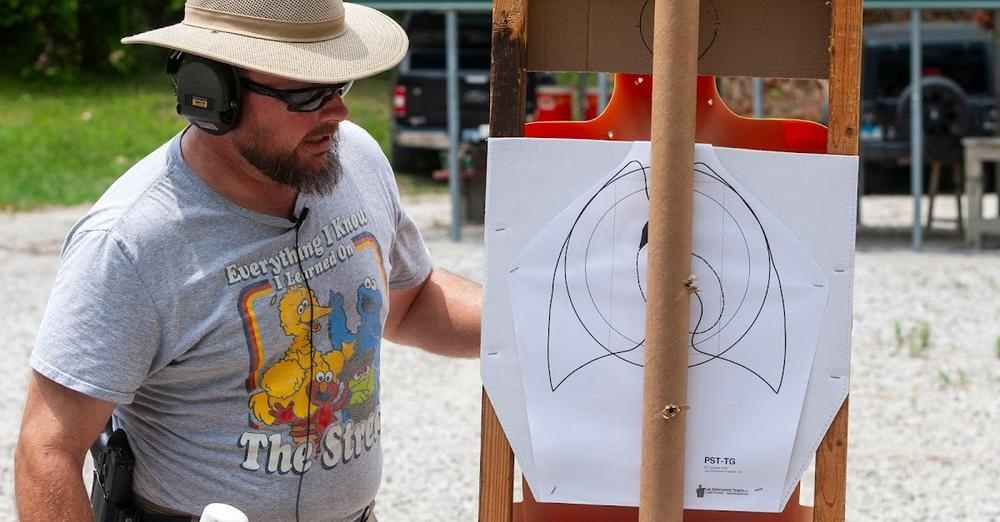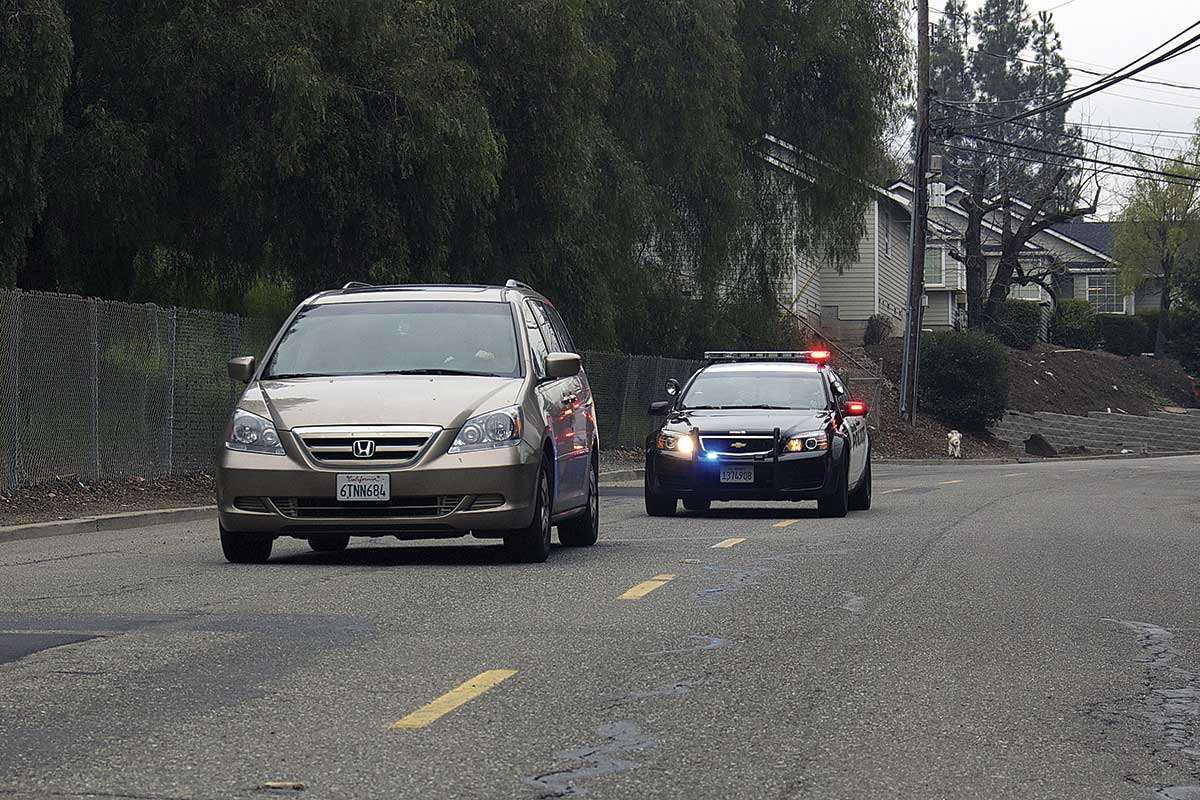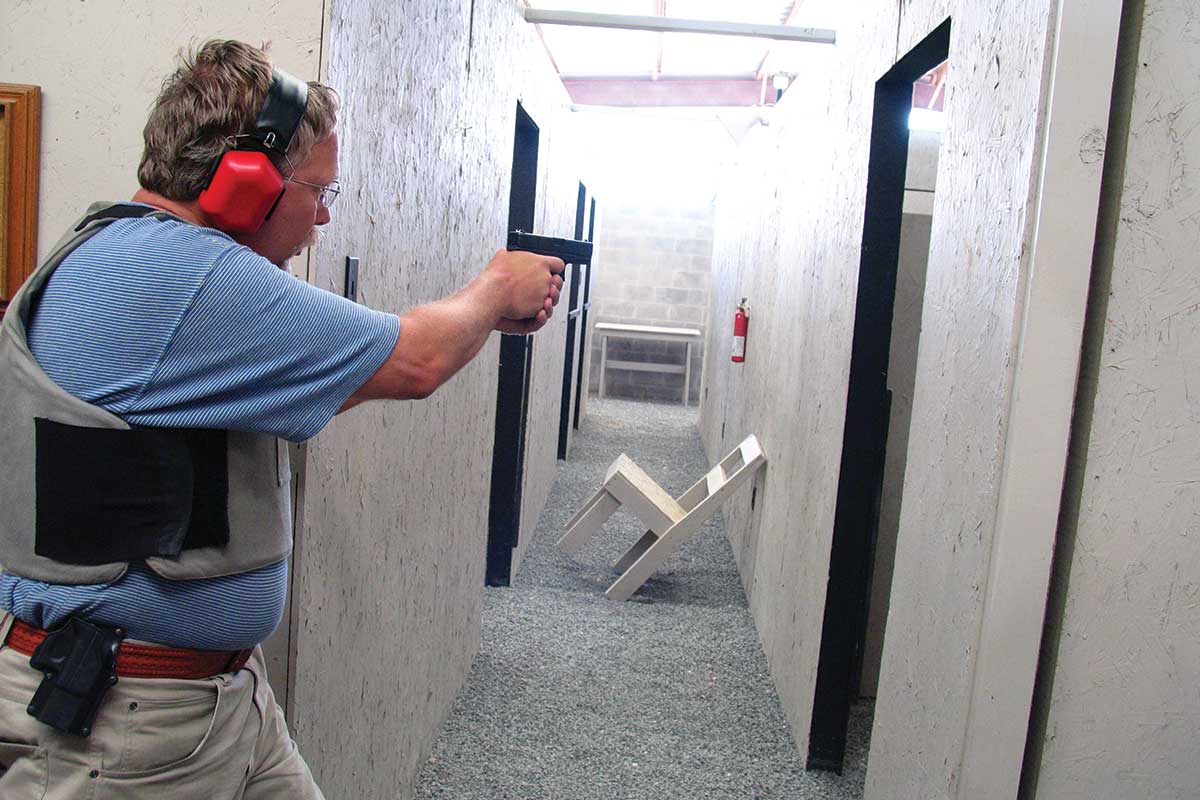
carsjf11
Forensic Mapping
A few years ago, I rolled up to a collision scene that looked more like a roadside bomb than a car crash. There was debris everywhere. There were over 85 points of “body evidence” alone, not to mention the damn near innumerable vehicle parts strewn about. Sadly, the young woman driver had been traveling at a ridiculously unsafe speed; caught a curb and hit a pole, which quite literally split her car in half. The woman’s mother showed up during the investigation and screamed for her daughter who’d long since left this life. I’ve been to quite a few fatal collisions since, but that one will never leave my memory.
I’m a “Traffic Geek” or whatever other fun term you want to call a uniformed traffic investigator. It’s my job to be part of the team to document and reconstruct what happened during a car crash. How do we do this? Where do we start? Do we do things old school; mark the scene using a few cans of paint, use steel or nylon tapes to measure the points of evidence and then draw diagrams — by hand? Why not forensically map it? “Forensically what?” you ask. Map it.
In traffic investigations, forensic mapping is a fancy way of describing the use of modern technology (survey equipment) to document roadways and evidence. It replaces the labor-intensive manual method previously described. My agency is fortunate enough to have its own survey equipment, or total station. Several manufacturers such as Leica, Sokkia and Trimble make total stations; each can be used exclusively or in combination. For instance, we use a Leica lens and prism with a Trimble data collector. They communicate seamlessly and have never caused any issues.
>> Click Here << To Read More Jan/Feb 2011 Cars And Crashes
Get More Car And Crashes















